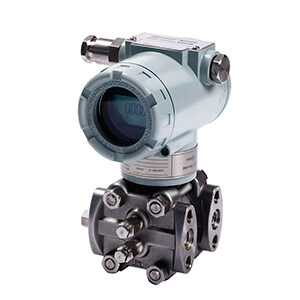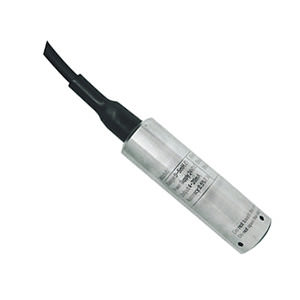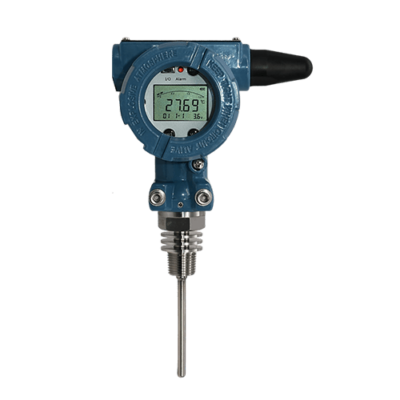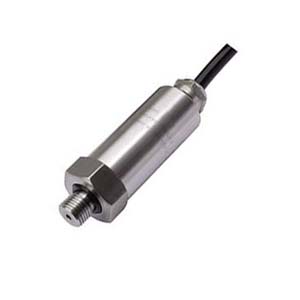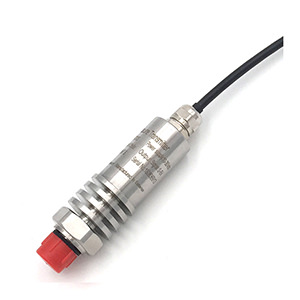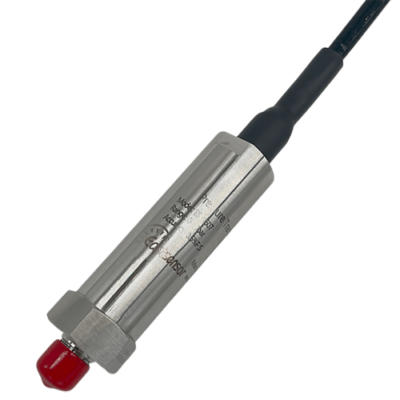Offset error and Zero-point error
Offset error and zero-point error are two types of systematic errors that can occur in pressure sensors. They are closely related, as they both involve discrepancies between the sensor’s output and the actual value that should be measured.
Error of offset occurs when the sensor’s output deviates from the expected value across all measurement points. It can be thought of as a consistent “shift” in the sensor’s output.
For example, if a sensor is supposed to output 0 mV at 0 psi, but instead outputs 5 mV, it has an offset error of 5 mV.
This error persists across the pressure range – that is, at 10 psi, if it should read 100 mV but reads 105 mV instead, the offset error is still 5 mV.
Zero-Point Error, also known as zero-offset error, is a specific type of offset error. It refers to the discrepancy between the sensor’s output and the actual value when the input pressure is zero.
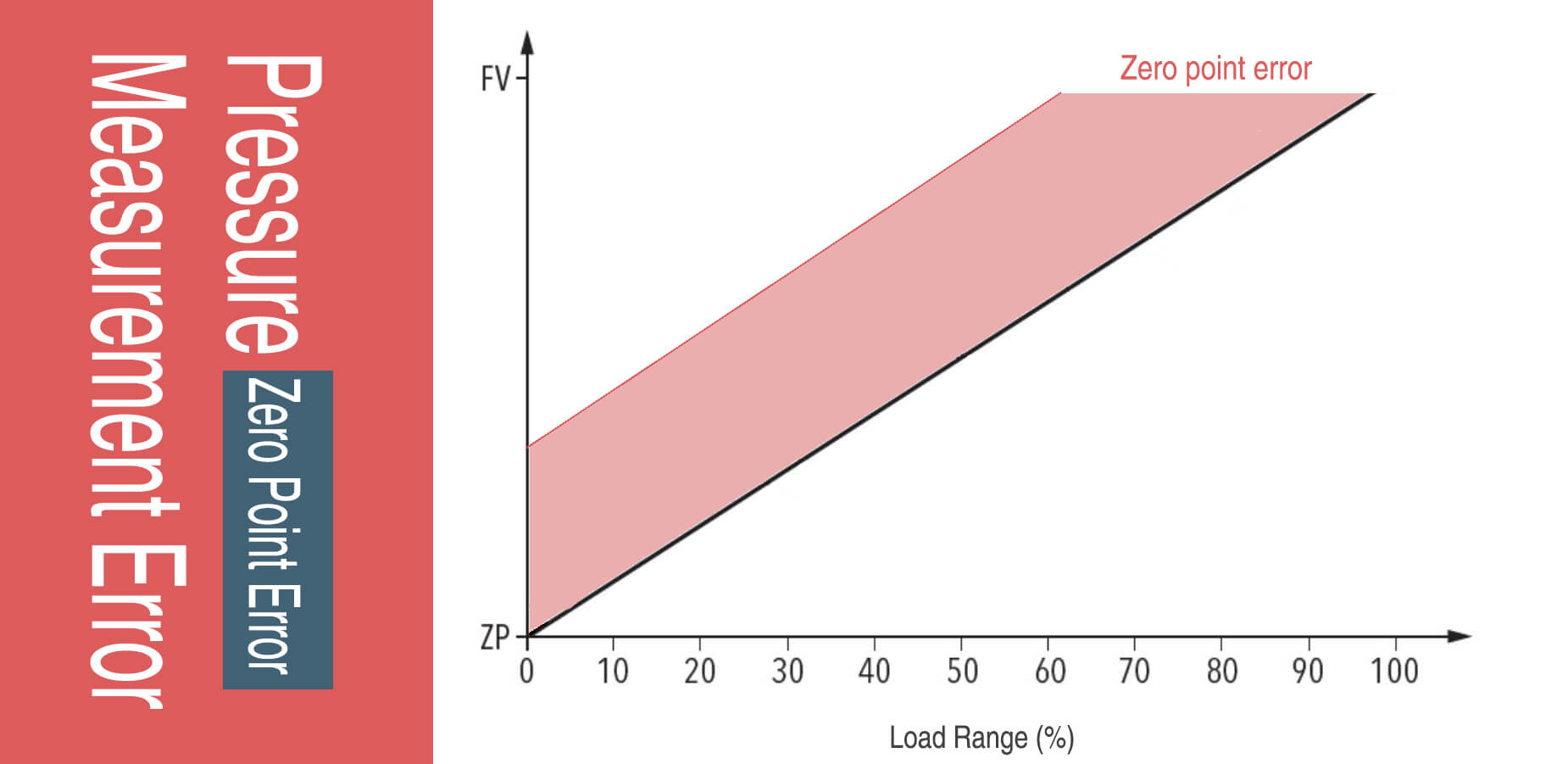
In other words, it’s the sensor’s output when it should be reading zero.
For instance, if a pressure sensor outputs 1 mV when no pressure is applied (0 psi), it has a zero-point error of 1 mV.
The relationship between the two is such that zero-point error is a form of offset error.
However, while zero-point error only describes the deviation at zero input, offset refers to the consistent deviation across all measurement points.
These errors can be corrected through a process called calibration.
By applying known pressures and recording the sensor’s output, a calibration curve can be created. Any consistent deviation from this curve can be identified as an offset error and corrected for in future measurements.
Similarly, by checking the sensor’s output at zero pressure, any zero-point error can be identified and corrected.
Take an example to understand the two errors
Let’s consider a simple real-world example to understand the difference between the two errors.
Let’s use a kitchen scale as a metaphor for a pressure sensor.
Imagine you have a kitchen scale that you use to weigh ingredients.
- Let’s say when you put a 500g block of cheese on it, the scale reads 505g.
- Then, when you put a 1kg (1000g) loaf of bread on it, the scale reads 1.005kg.
- The scale is consistently adding an extra 5g to whatever it’s supposed to measure.
- This is like an offset error in a pressure sensor, where the sensor reading is consistently “off” by a certain amount across the entire range of measurements.
Easy understanding way
- Put nothing on, it reads 5 g (0g+5g)
- Put a 1000 g, it reads 1001 g (1000g+1kg)
- Put a 10000 g, it reads 10001 g (10000g+1kg)
- This is offset error
- Over
- Now, let’s assume that the same kitchen scale, when it’s empty and should read 0g, actually reads 3g.
- That is, even when there’s nothing on the scale, it’s indicating a weight of 3g.
- This is known as a zero-point error, where the sensor reading deviates from the actual value when the input (in this case, weight) is zero.
Easy understanding way of zero-point error
- Put nothing on, it reads 3 g (0g+3g)
- This is zero-point error
- Over
So, in summary, an error of offset is like the scale that always adds 5g to whatever it’s weighing (whether it’s cheese, bread, or anything else), while zero-point error is like the scale indicating 3g when there’s nothing on it.
In another words, zero-point error is a form of offset error, while zero-point error only describes the deviation at zero input, offset error refers to the consistent deviation across all measurement points.
Offset error and Span error
These two errors are two types of systematic errors that can affect pressure sensors, and they relate to different aspects of a sensor’s performance.
Error of Offset is a constant error that is present across all measurements. It can be thought of as a ‘shift’ in the sensor’s output.
For example,
If a sensor is supposed to output 0 mV at 0 psi, but instead outputs 2 mV, it has an offset error of 2 mV. This error is consistent, meaning if the pressure is 10 psi and the output should be 100 mV, but the sensor reads 102 mV, the offset error is still 2 mV.
Span Error, on the other hand, is related to the ‘scale’ of the sensor’s output.
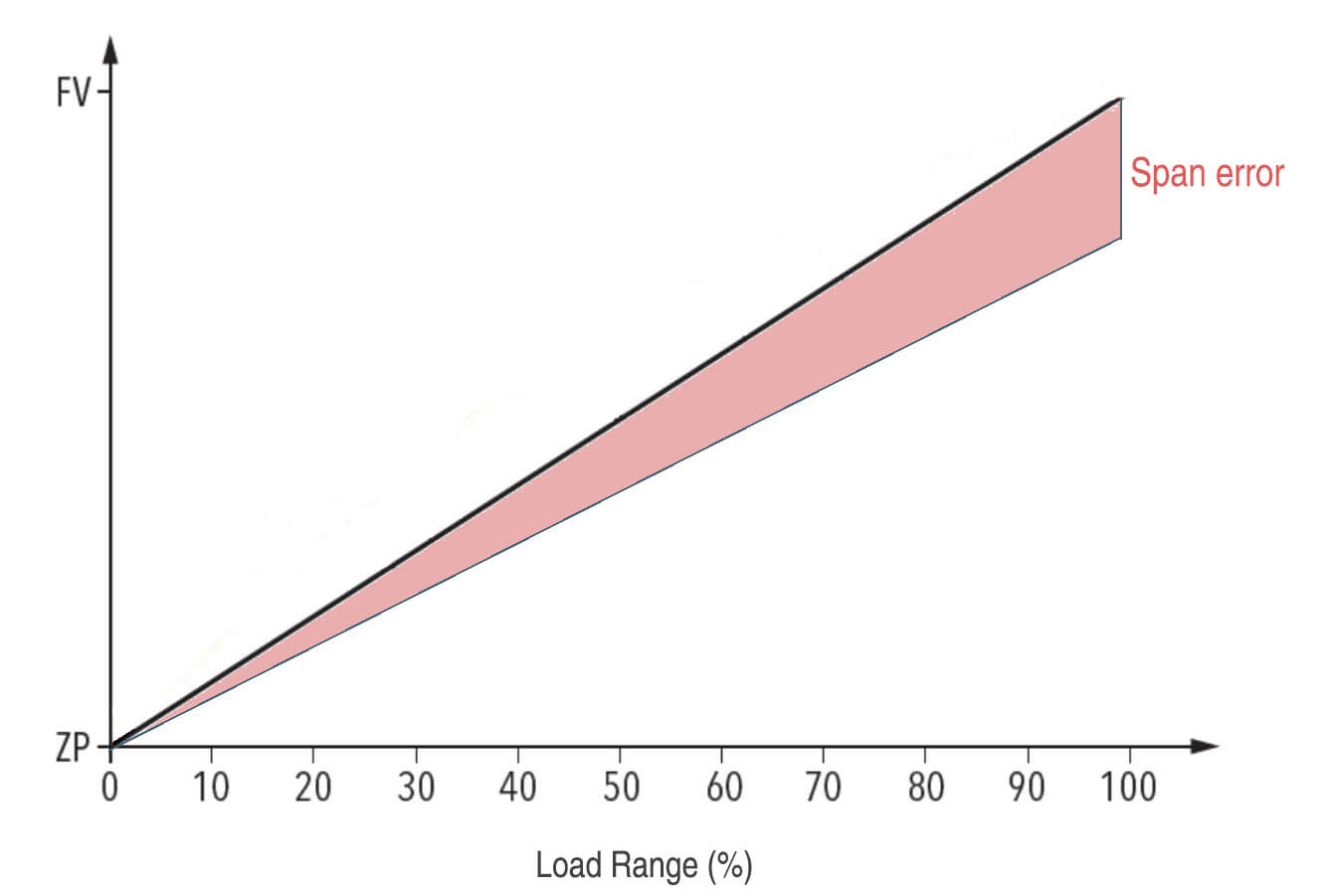
It’s an error that affects the gain of the sensor’s output, which is the ratio of the output change to the input change.
For instance, if a sensor is supposed to output 100 mV for a 10 psi change in pressure (a gain of 10 mV/psi), but instead outputs 110 mV (a gain of 11 mV/psi), it has a span error.
In terms of their relationship, offset and span error are independent of each other. A sensor can have an offset error without having a span error, and vice versa.
For instance, consider a sensor with a perfect gain of 10 mV/psi but an offset of 2 mV.
At 0 psi, it outputs 2 mV (offset error), and at 10 psi, it outputs 102 mV – the correct output of 100 mV plus the 2 mV offset.
This sensor has no span error because the gain is correct, but it does have an error of offset.
In contrast, consider a sensor with a perfect zero point (0 mV at 0 psi) but a span error. At 0 psi, it outputs 0 mV, but at 10 psi, it outputs 110 mV instead of the expected 100 mV. This sensor has no offset error, but it does have a span error.
To ensure accurate pressure measurements, it’s important to identify and correct both offset and span errors. This is typically done through calibration, where known pressures are applied, and the sensor’s output is adjusted to match the expected values.
Take an example to understand
Let’s consider a simple analogy of a weighing scale to understand the concepts of the two errors.
Imagine a fruit vendor using a scale to measure the weight of apples. When there are no apples on the scale, it should read 0 kilograms. However, due to some error in the scale, it reads 1 kilogram. This is similar to an error of offset in a pressure sensor, where the sensor gives a non-zero reading when the pressure is zero.
Now, suppose the vendor puts a 2-kilogram bag of apples on the scale. Because of the earlier offset error, the scale reads 3 kilograms (2 kg of apples + 1 kg offset).
Easy understanding way offset error
- Put nothing on, it reads 1 kg (0kg+1kg)
- Put a 3-kg bag, it reads 4 kg (3kg+1kg)
- Put a 30-kg bag, it reads 31 kg (30kg+1kg)
- Put a 300-kg bag, it reads 301 kg (300kg+1kg)
No matter how many apples are weighed, the scale always reads 1 kilogram too much because of the error of offset.
Next, let’s consider span error.
Let’s say the vendor has another scale that correctly reads 0 kilograms when it’s empty. However, when the vendor puts the 2-kilogram bag of apples on it, the scale reads 4 kilograms.
Easy understanding way of span error
- Put nothing on, it reads 0 kg
- Put a 2-kg bag, it reads 4 kg (2*2kg)
- Put a 20-kg bag, it reads 40 kg (2*20kg)
- Put a 200-kg bag, it reads 400 kg (2*200kg)
Here, the error is not just a constant shift; the scale is actually doubling the weight of the apples. This is an example of span error, where the sensor’s output is a certain proportion off from the actual value across the whole range of measurement.
Error of offset is like a scale that always reads 1 kilogram too much, no matter the weight of the apples.
Span error is like a scale that doubles the actual weight of the apples.
Both errors can affect the accuracy of measurements,

